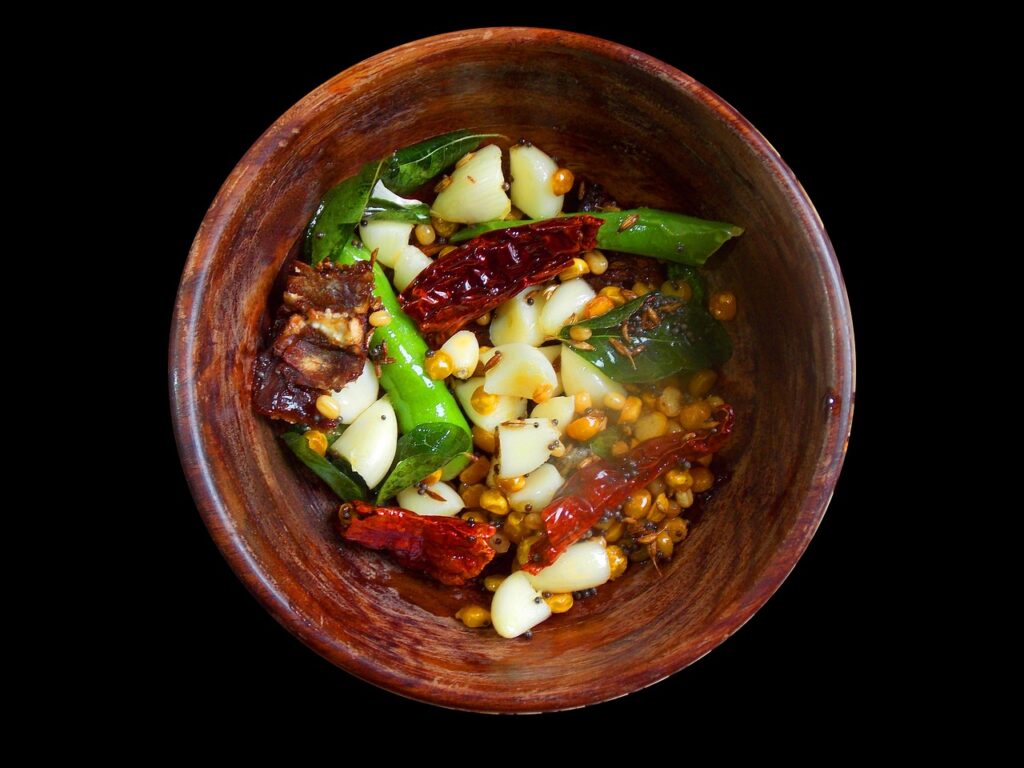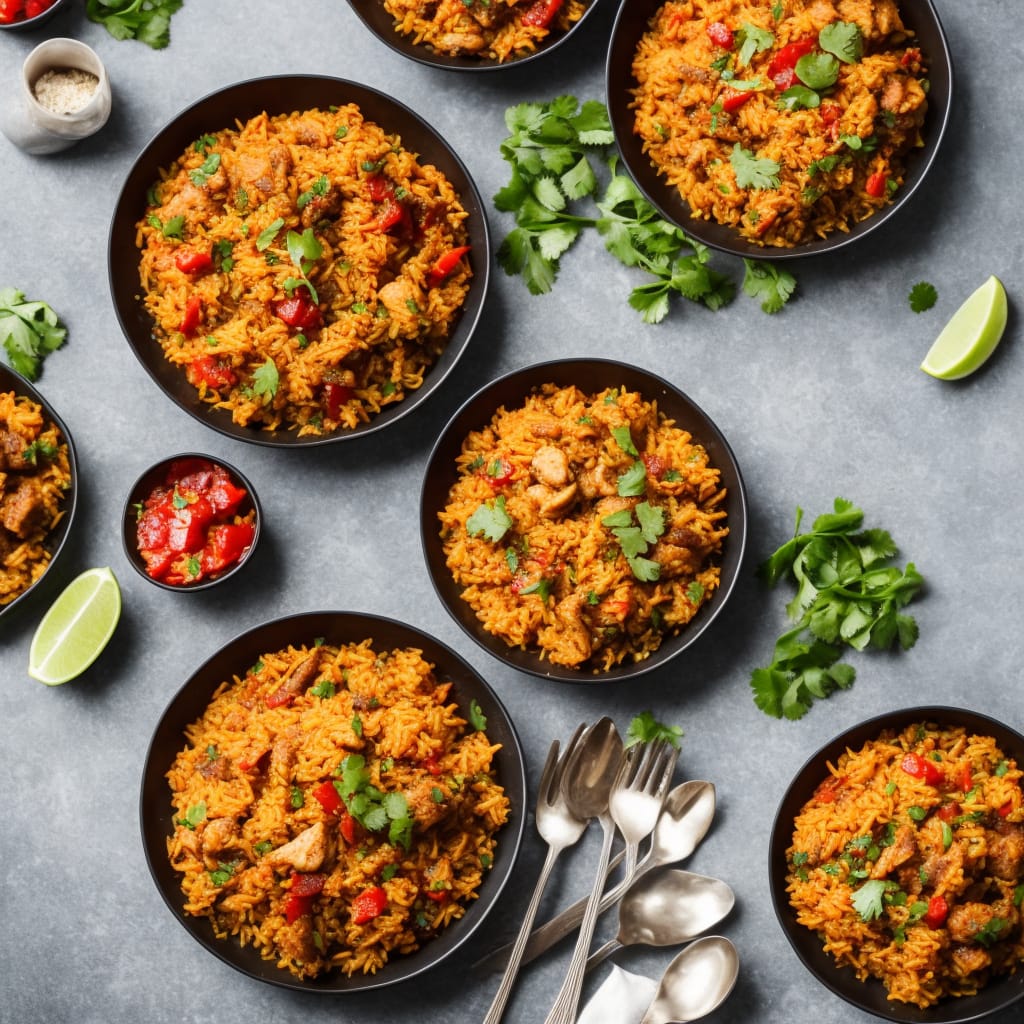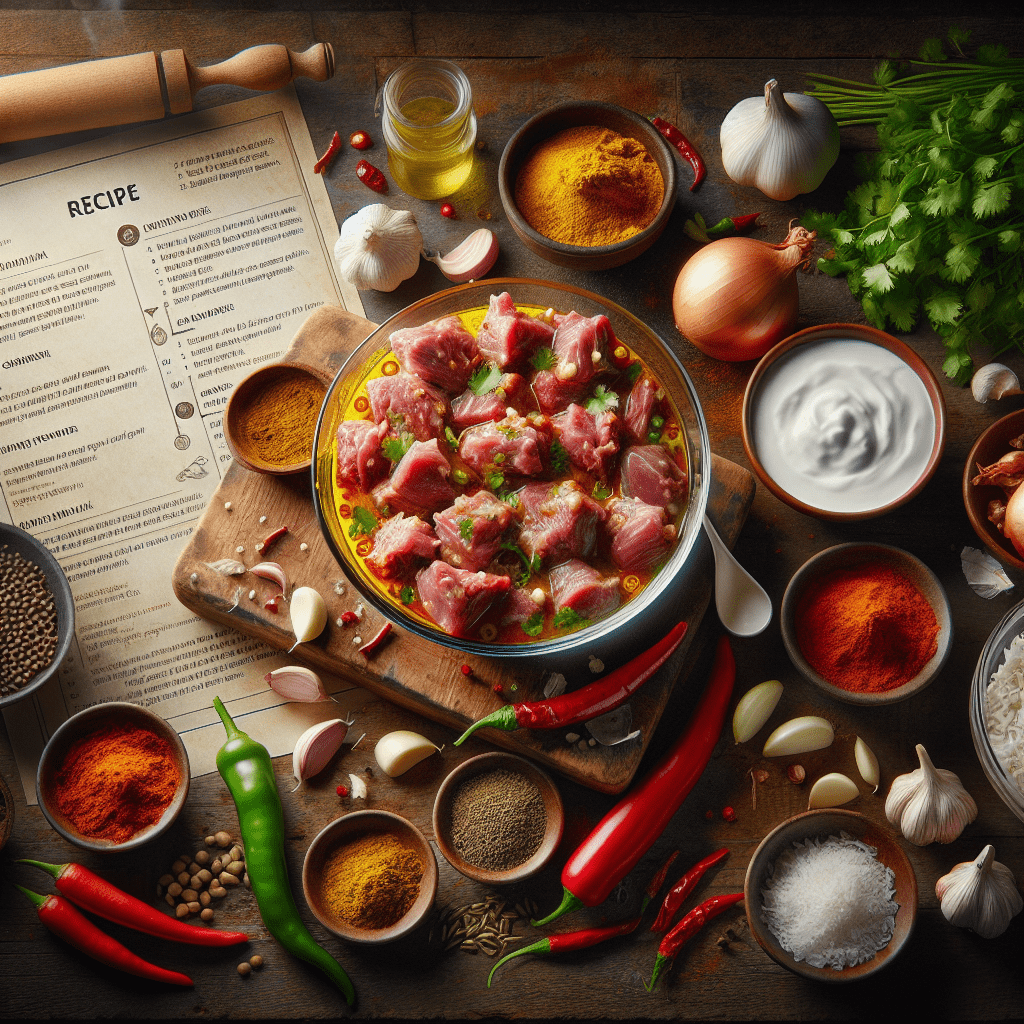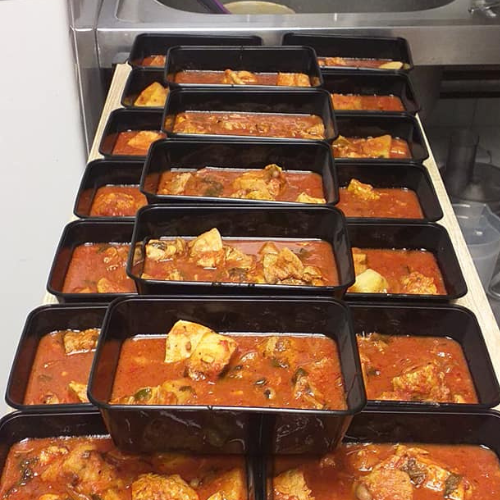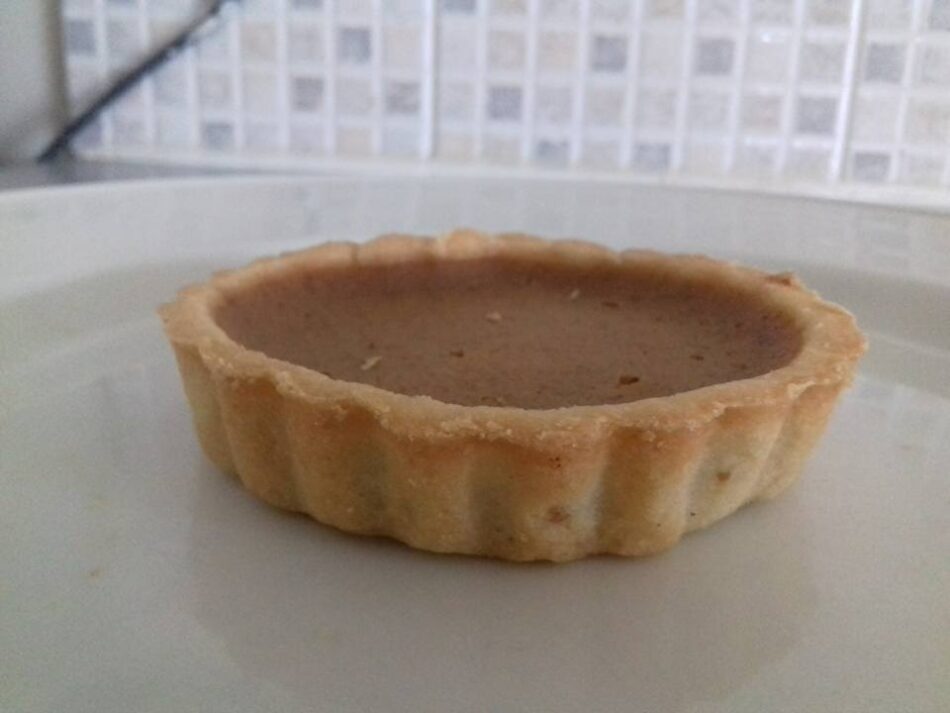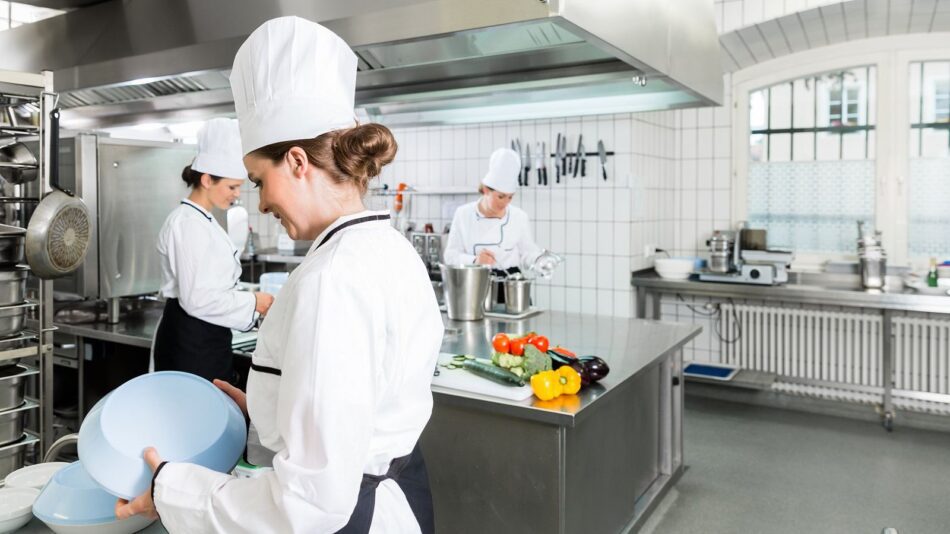Exploring the Rich Culinary Traditions: Uncovering the Surprising Similarities between Creole Food & Caribbean Cuisine
History and Origins of Creole Food
Creole food has its roots in Louisiana, USA, and is a blend of African, French, Spanish, and Native American influences. The word “Creole” refers to people of mixed race or descent and has come to represent the unique blend of cultures that make up Louisiana Creole cuisine. The cuisine developed over centuries of cultural exchange, with each group bringing their culinary traditions to the table. The African influence can be seen in the use of okra, gumbo, and jambalaya, while the French influence can be seen in dishes such as bouillabaisse, which was adapted to include local seafood. The Spanish influence can be seen in the use of rice, while the Native American influence can be seen in the use of cornmeal.
History and Origins of Caribbean Cuisine
Caribbean cuisine is a fusion of African, European, and Native American influences and has its roots in the slave trade that brought Africans to the Caribbean. The cuisine evolved over centuries of cultural exchange, with each group bringing their culinary traditions to the table. The African influence can be seen in the use of yams, cassava, and plantains, while the European influence can be seen in the use of spices such as cinnamon, nutmeg, and allspice. The Native American influence can be seen in the use of corn and beans.
Ingredients and Cooking Techniques
Both Creole and Caribbean cuisines share a love of seafood, with dishes such as gumbo, jambalaya, and seafood paella being popular in both cuisines. Spices are also a common ingredient in both cuisines, with dishes such as jerk chicken, blackened fish, and gumbo being seasoned with a blend of spices. Rice is another common ingredient in both cuisines, with dishes such as red beans and rice, arroz con pollo, and jambalaya being popular in both Creole and Caribbean cuisines.
Cooking techniques are also similar in both cuisines, with dishes such as curries, stews, and braises being popular in both. The use of a roux, which is a mixture of flour and fat, is also a common technique in both cuisines and is used to thicken dishes such as gumbo and jambalaya.
Similarities between Creole and Caribbean Cuisine
One of the most significant similarities between Creole and Caribbean cuisines is their shared history and cultural influences. Both cuisines evolved over centuries of cultural exchange, with each group bringing their culinary traditions to the table. The African, French, Spanish, and Native American influences can be seen in both cuisines, giving them a unique flavor profile.
Another similarity between the two cuisines is their love of seafood. Both Creole and Caribbean cuisines have a rich tradition of using seafood in their dishes, with dishes such as gumbo, jambalaya, and seafood paella being popular in both cuisines. Spices are also a common ingredient in both cuisines, with dishes such as jerk chicken, blackened fish, and gumbo being seasoned with a blend of spices.
Popular Creole Dishes
Creole cuisine is known for its hearty and flavorful dishes, with gumbo, jambalaya, and red beans and rice being some of the most popular dishes. Gumbo is a stew made with a roux, vegetables, and meat or seafood and is typically served over rice. Jambalaya is a rice dish that is cooked with meat, seafood, and vegetables, while red beans and rice is a dish made with red beans, sausage, and rice.
Popular Caribbean Dishes
Caribbean cuisine is known for its bold and spicy flavors, with jerk chicken, roti, and callaloo being some of the most popular dishes. Jerk chicken is a dish that is marinated in a blend of spices and cooked over an open flame, while roti is a flatbread that is filled with a savory filling such as curried chicken or goat. Callaloo is a soup made with leafy greens and crab meat or salted pork.
Fusion of Creole and Caribbean Cuisine
The fusion of Creole and Caribbean cuisine has resulted in some delicious dishes that combine the best of both worlds. One such dish is Creole seafood paella, which is a fusion of Creole gumbo and Spanish paella. The dish is made with a roux, seafood, vegetables, and rice, and is seasoned with a blend of spices.
Creole and Caribbean Restaurants
There are many restaurants that specialize in Creole and Caribbean cuisine, offering diners a chance to experience the unique flavors of these cuisines. Some popular Creole restaurants include Commander’s Palace in New Orleans and Dooky Chase’s Restaurant in New Orleans. Popular Caribbean restaurants include Golden Krust Caribbean Bakery & Grill and The Door in New York City.
Conclusion
Creole and Caribbean cuisines are two of the most flavorful and unique cuisines in the world. Both cuisines have a rich history and cultural heritage that is reflected in their dishes. From the common use of seafood and spices to the influence of African, French, and Spanish cultures, these two cuisines have more in common than one might think. Whether you’re in the mood for gumbo or jerk chicken, Creole and Caribbean cuisine offer a diverse and delicious range of dishes that are sure to tantalize your taste buds and expand your cultural horizons.
